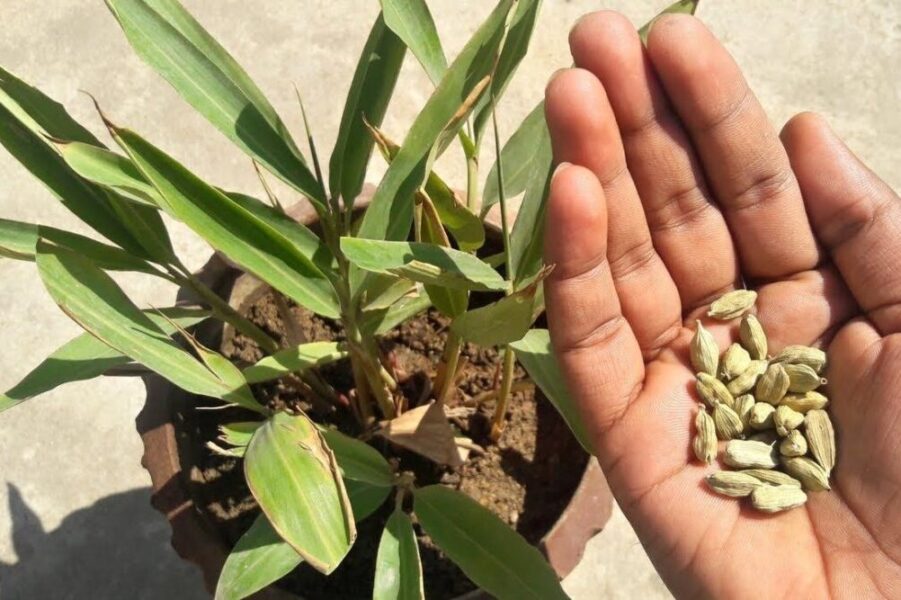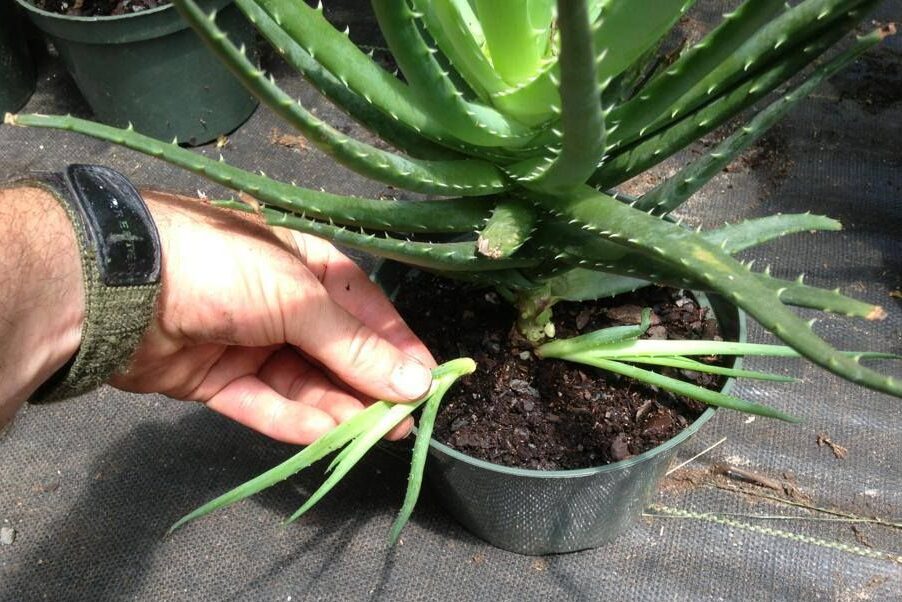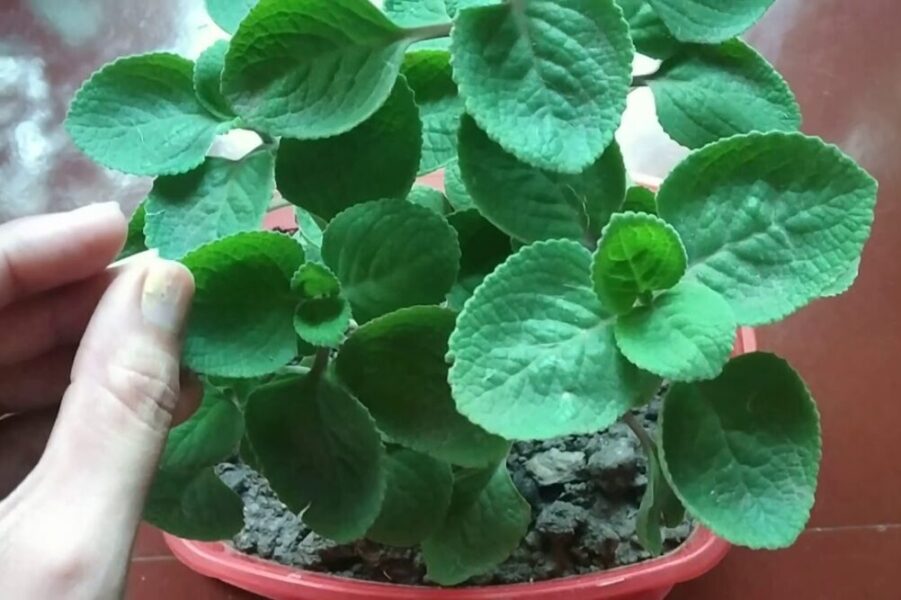General Information
- Category- Fruit, Herb, drug, spice
- Binomial Name- Elettaria cardamomum
- Common Names- Green or True cardamom
- Spread- 24-36 inches
- Height- 70-120 inches
- Average Production- 2-3 kg per plant
- Days to Maturity- 1095-1825 days
Environmental Requirements:
- Soil- Deep black loam
- Soil Moisture- 20%
- Soil pH- 5.5-6.5
- Sun Requirements- Partial sun
- Soil temperature-18 to 32°C
- Best Time to Plant- Summer (Mach-April)
Tips to Grow Cardamom:
- Arrange good quality of cardamom seeds.
- Soil should be fertile and well draining. It should be moist but not wet.
- Sow the seeds 1\8 inch deep and 1 inch apart in the soil. The cardamom should germinate after about 30 to 45 days.
- Leave the seedlings in the container until you see at least 2 leaves on the seedlings. It will take around 90 days for the seedlings to become large enough to transplant.
- Transplant seedlings in well drained soil and in partial shade. Plant your seedlings 1.5 inches deep in soil and surround the seedling root with dirt.
- Spread some organic fertilizer with high phosphorus content around the cardamom plants twice a month during main growing season in summer. We can add aged manure or compost once in a year.
- Wait until plants grow to 6-10 feet in height. It may take 3-5 years to harvest the cardamom fruits.
- When cardamom seeds begin to dry out a little pull them individually by hand. Cardamom is harvested 5 or 6 times throughout 1 harvest year. Wait 35 to 45 days in between each picking, so more of the cardamom can ripen.
Chemical Constituents of Cardamom:
- The active constituent of the volatile oil is cineole. Other aromatic compounds present are terpinyl acetate, terpineol, borneol, terpinene, etc.
- The seeds contain 3 to 6% of volatile oil along with fixed oil, salts of potassium, a coloring principle, nitrogenous mucilage, an acrid resin, starch, ligneous fibre, and ash.
Uses:
- Cardamom is used as an aromatic, carminative, stimulant, stomachic, expectorant, diaphoretic, digestive, appetizer, and flavouring agent.
- It is used in the treatment of respiratory disorders like asthma, bronchitis, cough, nausea, vomiting, indigestion, headache, diarrhea, colds.
- It is uses as a spice in cooking.
Show Comments




